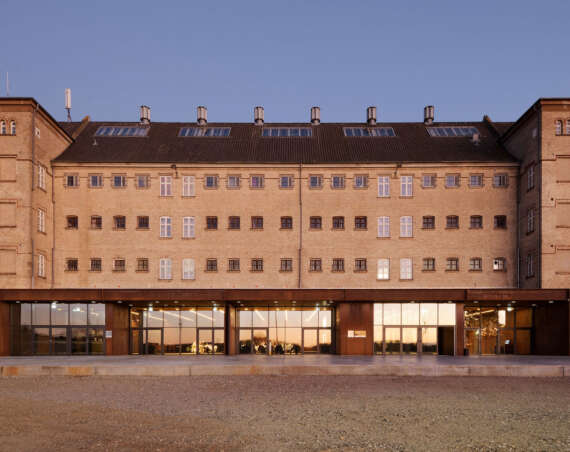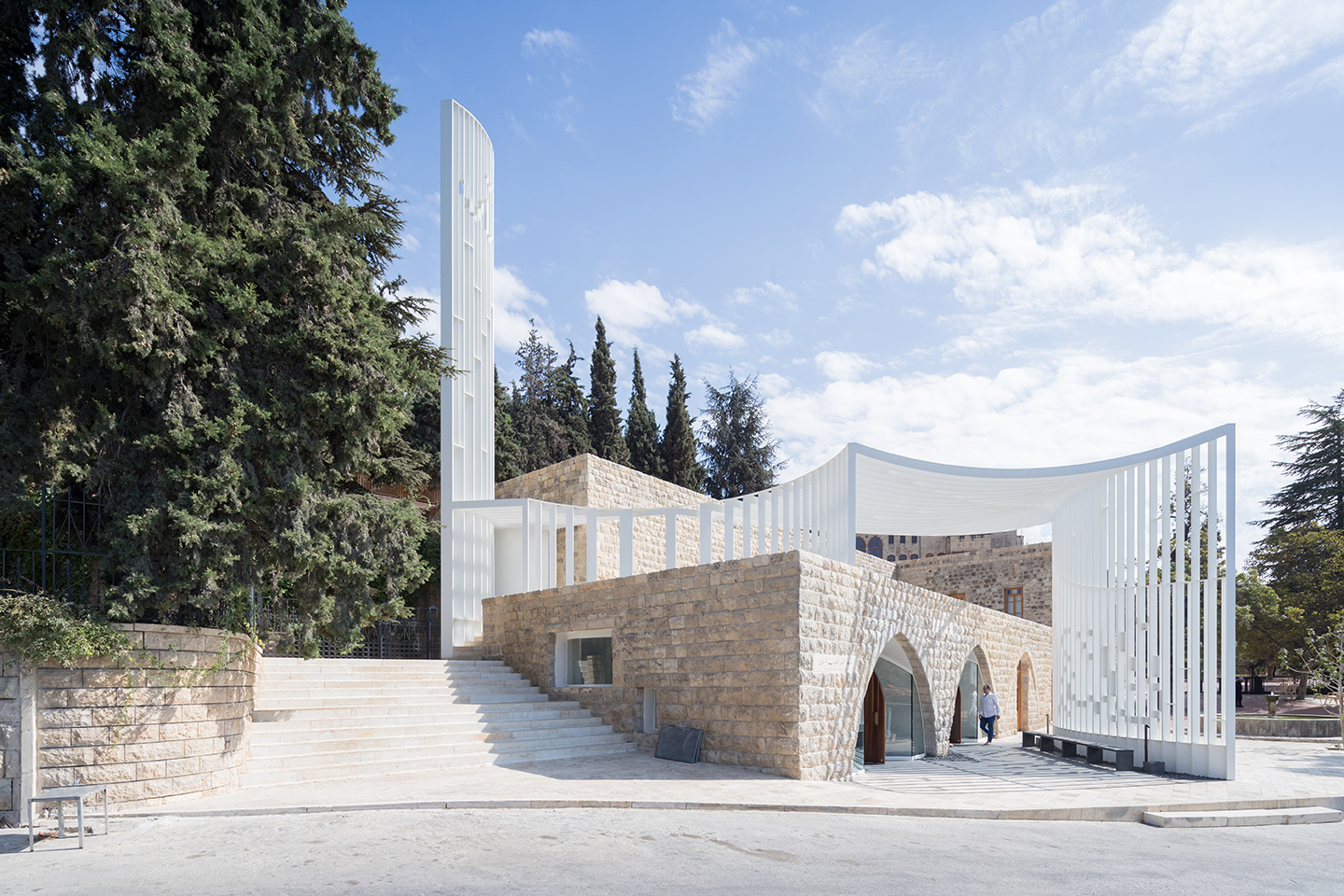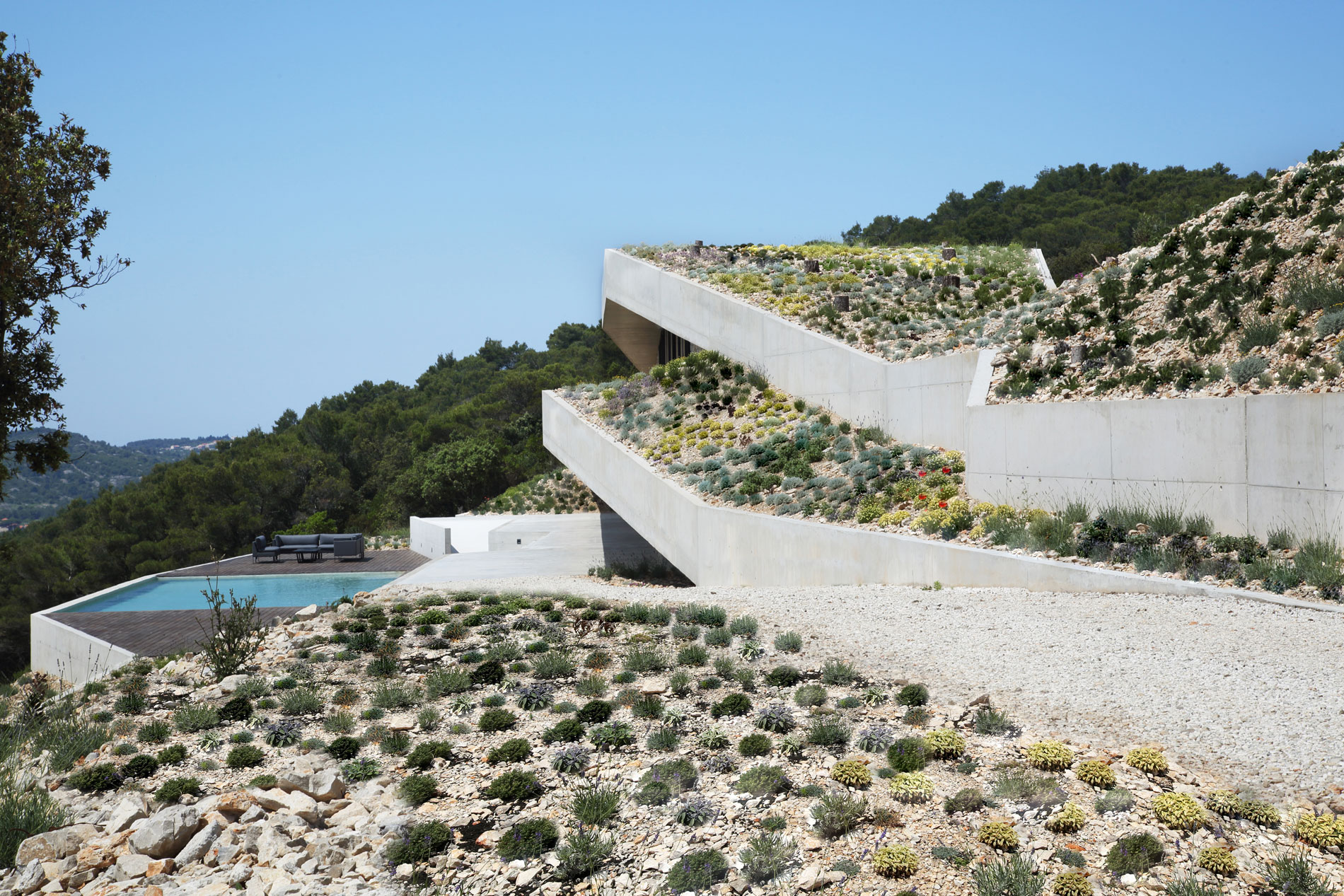
ISSA MEGARON | PROARH
Vis island, Croatia
Description provided by Proarh. The Issa Megaron project is dealing with questions regarding the context of the site boundary, envisioned on the plot that is read as a ‘’void ‘’, blank space- deception is that context is non -existent. The assignment was to design a house for a temporary family retreat on a site without infrastructure, at the same time completely satisfying the needs of the user.
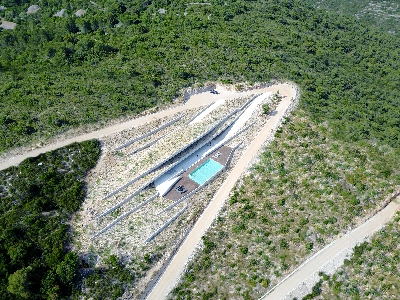
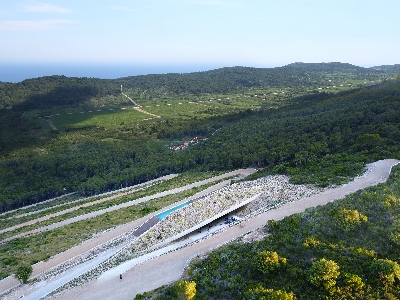
Given that the “genius loci” is not only the plot an island of Vis but actually the Mediterranean, we conceive the house by the system of the Socrates Megaron, reinterpreting the ancient stone drywalls and creating a new rural man-made topography using simple construction technologies.
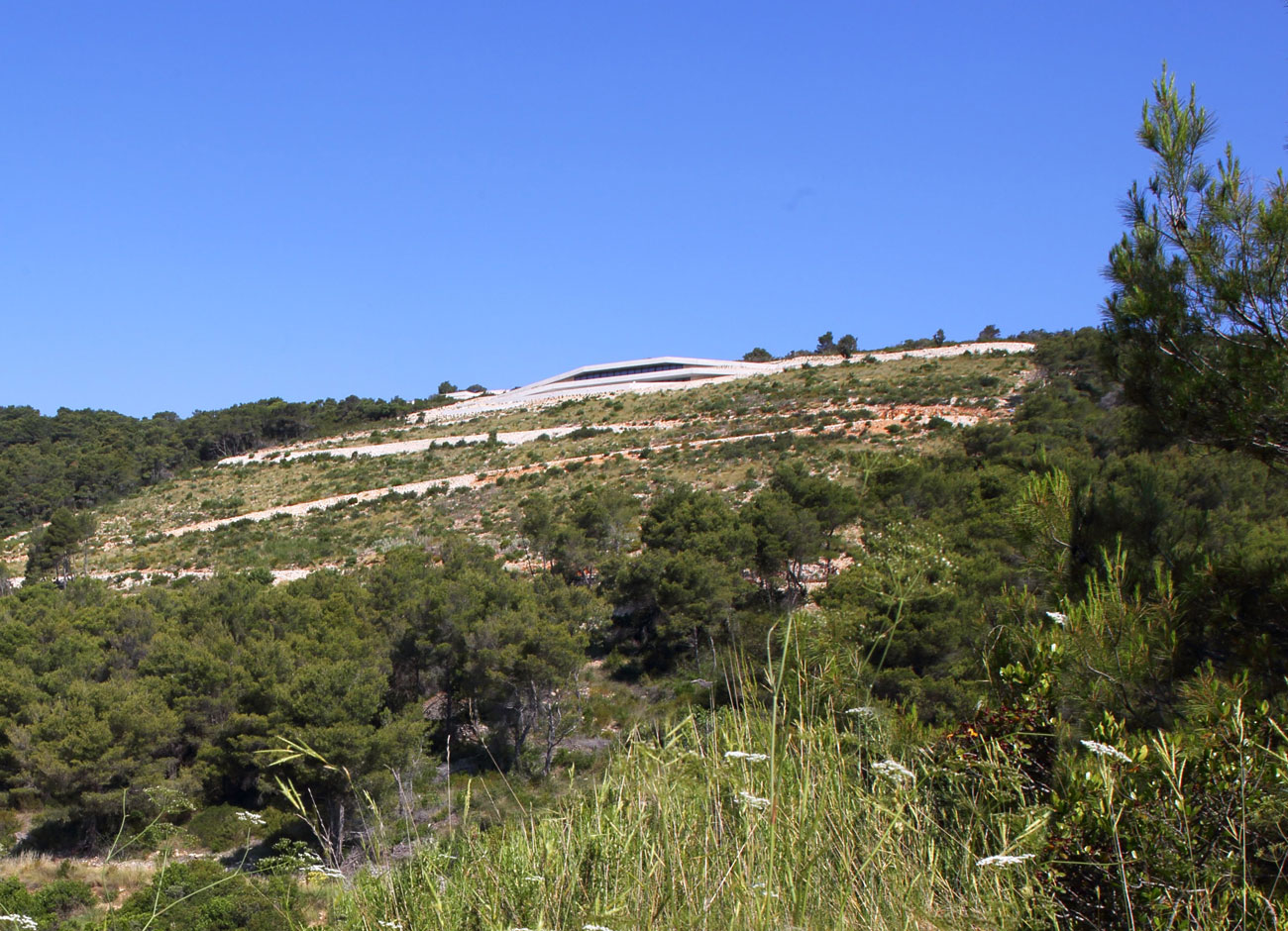
The house is envisioned as a dug in volume, a residential pocket between the stretches of space forming walls, an artificial grotto, a memory of a primitive shelter. It consists of two levels – sleeping quarters/lounge on the first floor and downstairs open space dining/kitchen area opened to the covered and uncovered terraces and pool deck. All the bearing elements are made of reinforced concrete, which in the interior are also a finished look.
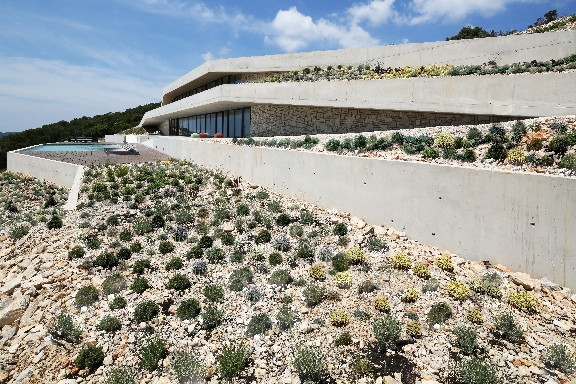
The complete lack of infrastructure and general inaccessibility imply that self-sustainability is prerogative – natural cooling and ventilation, rainwater exploitation, solar panels, and other elaborate ways of exploiting natural resources, enabling the facility to function as a place for life and work. Sustainable design has shown to be the only solution for the completion of the project, that encompasses the plausibility of the project, minimal costs, satisfaction of all user needs, local government and urban plans as well as the architectural expression.
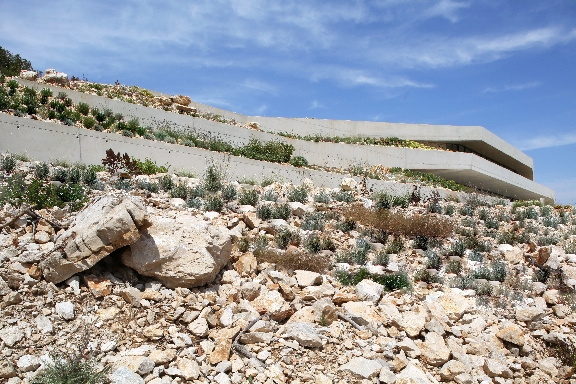
The design that emerges from such conditions is unobtrusive, subtly, creates a symbiosis with the new/old stonewall topography.
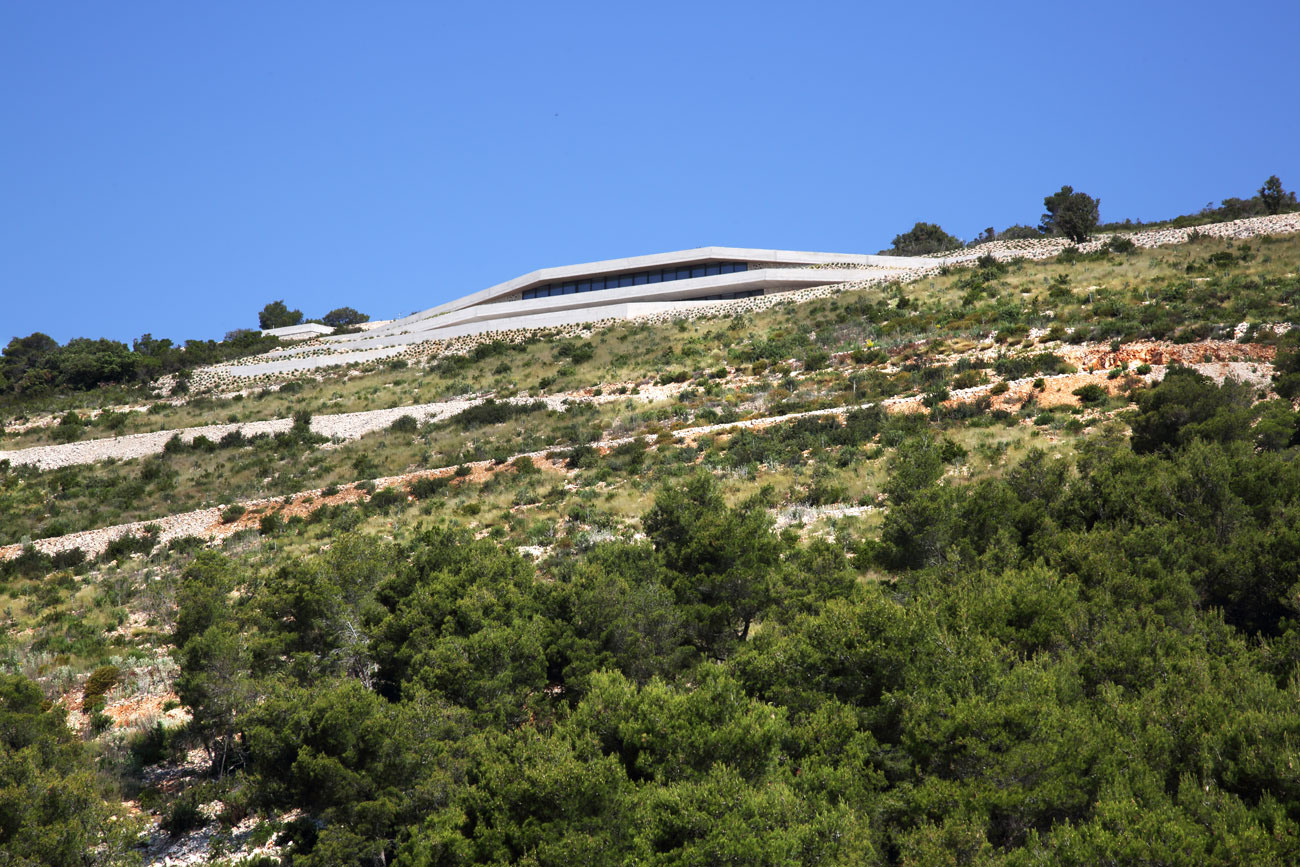
SUSTAINABILITY
Innovation in architectural design in the sense of reinventing simple traditional construction technologies typical of the Mediterranean, something that is in times of hi-tech architecture, forgotten and abandoned, while it actually completely satisfies the needs of the modern man.
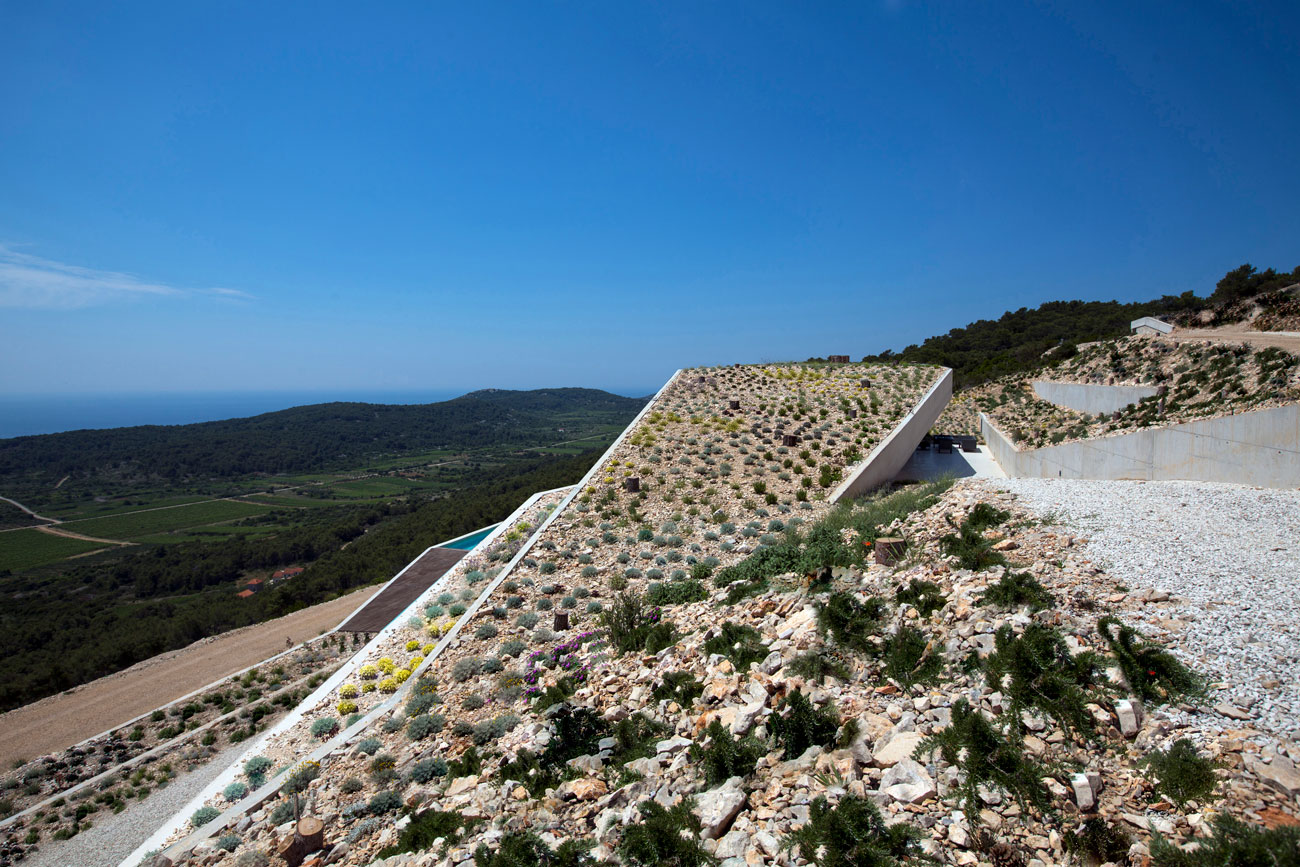
Issa Megron is a specific example of sustainable construction and production in locations that are abandoned, unpopulated, not only in Croatia but also in the Mediterranean as a whole.
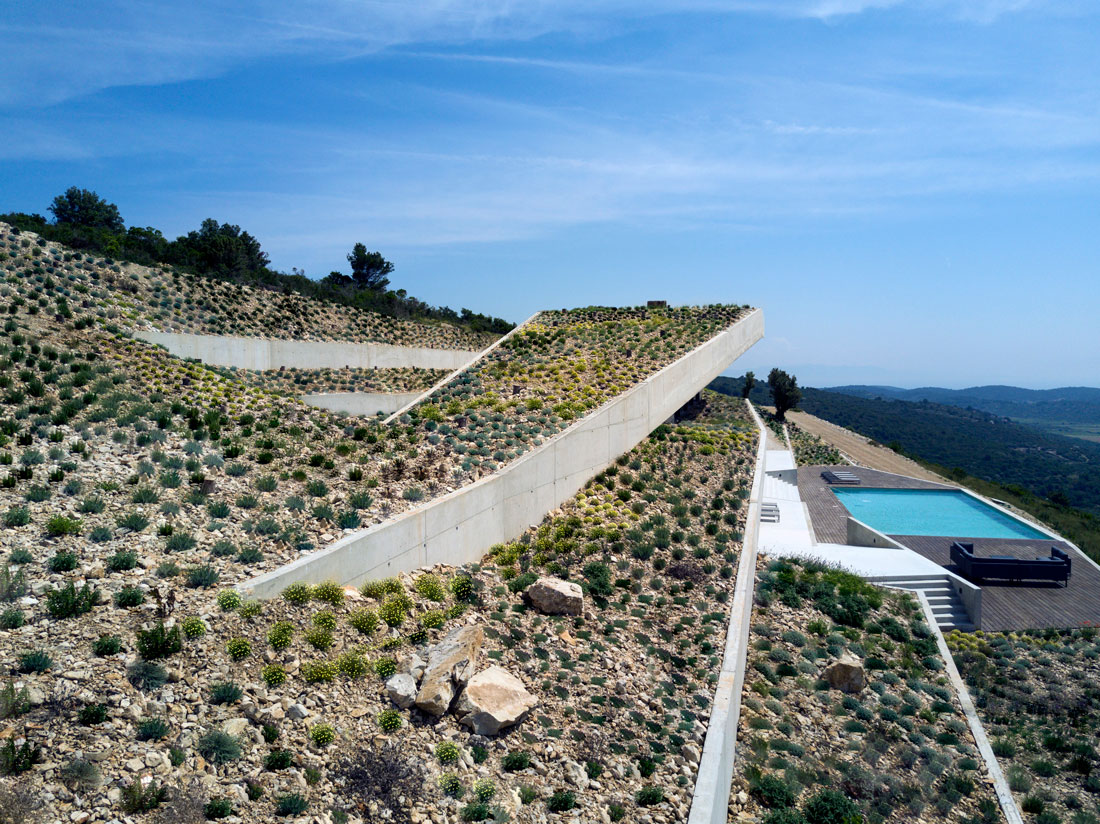
Easily available and renewable materials used from the site or extended location, ensure a lower cost of transportation and work. Wood is used on the deck on the south terrace because the wood has extremely low heat conduction, making it a pleasant pool deck surface use during the summer months.
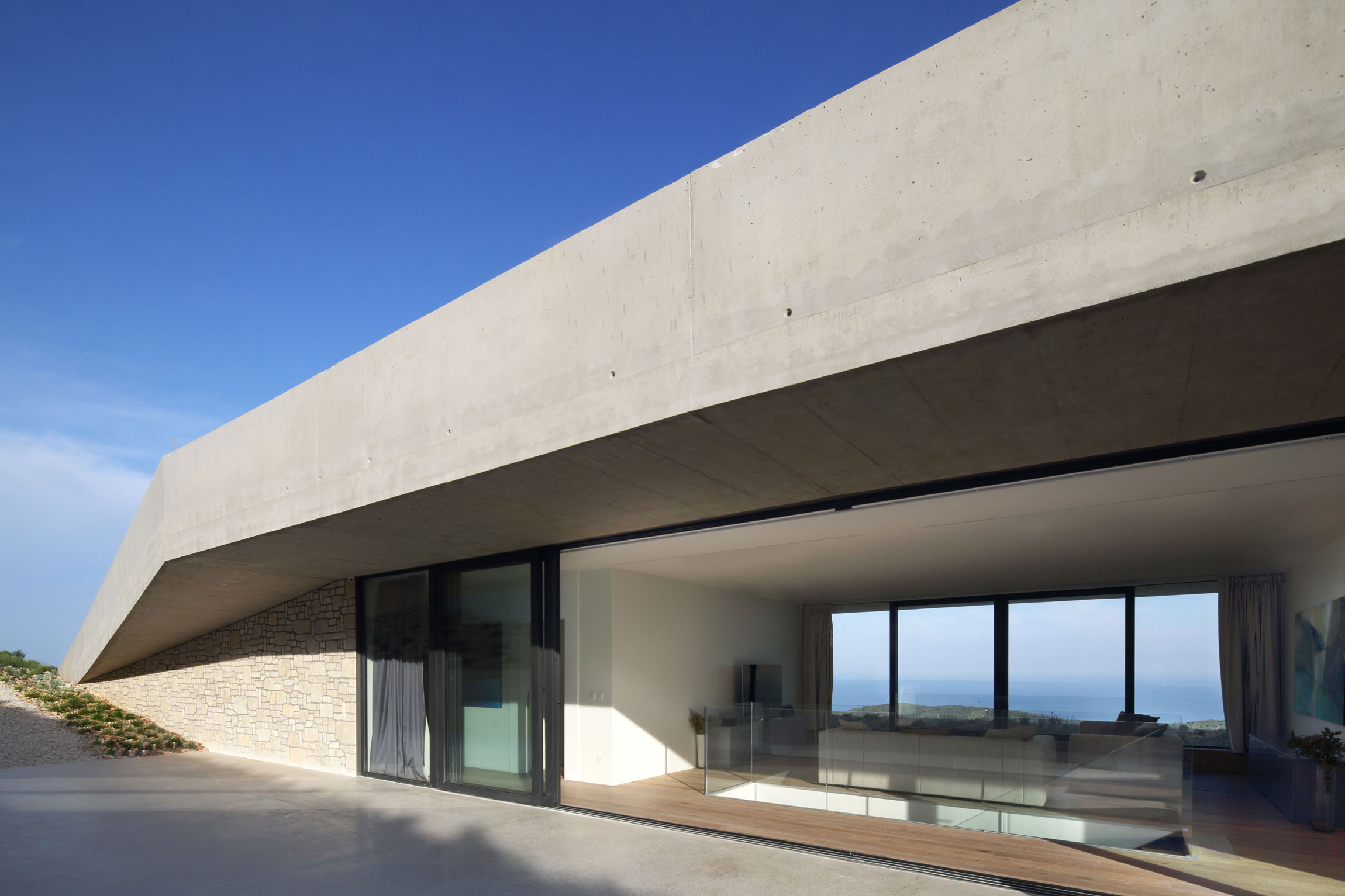
This house boasts with its 100% energetic autonomy:
- CSP system is used with dug in heat containers (stones from the site) for hot water supply
- Photovoltaic cells for getting the needed electricity
- Low energy use due to the bioclimate oriented design-passive ventilation and cooling, south exposed during the winter, protected during the summer
- Recycling of rainwater for the irrigation of olive and house use–systems of natural filters (on the principles of gravity–use of the terrain slope)
- Materials used are compatible with the local area and weather conditions and as such ensure the longevity of the structure and minimal maintenance.
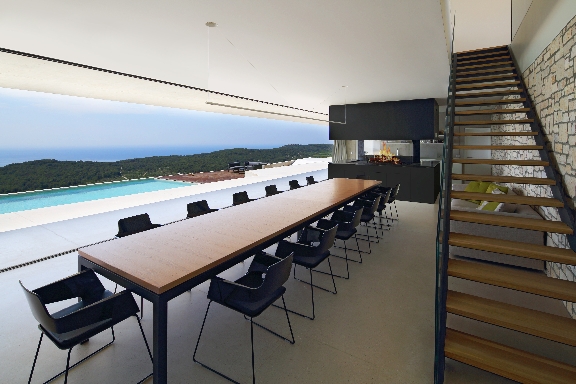
Project Information
Location: Vis island, Croatia
Client: private
Completion Date: December 2016
Built Area: 420 m2
Costs: 540 000 euro
Architect: Davor Matekovic/PROARH
Design Team: Vedrana Jancic, Bojana Benic
Structural:
Branko Galić, MSc
Radionica statike Ltd.
Kačićeva 22, 10000 Zagreb, Croatia
tel: +385 1 3020 444
branko.galic@statika.hr
www.statika.hr
Building Energy Concept, Building Physics, and Building Details Design:
Assist. Prof. Mateo Bilus, MEAU
Faculty of Architecture, University of Zagreb
Kaciceva 26, Zagreb
+385 91 234 60 60
mateo.bilus@arhitekt.hr
Main Contractor:
GRIŽA građevinski obrt
38 Ulica broj 2, 20271 Blato, Croatia
+385 98 285 225
marin-griza.petkovic@du.t-com.hr
Photo Credits:
Miljenko Bernfest
Iblerov trg 7, 10000 zagreb, Croatia
+38591602 956
berni@bxl-studio.com
Damir Fabijanić
Laginjina 9/1, 10000 Zagreb, Croatia
+38598 212 669
fabijanic@fab.hr


